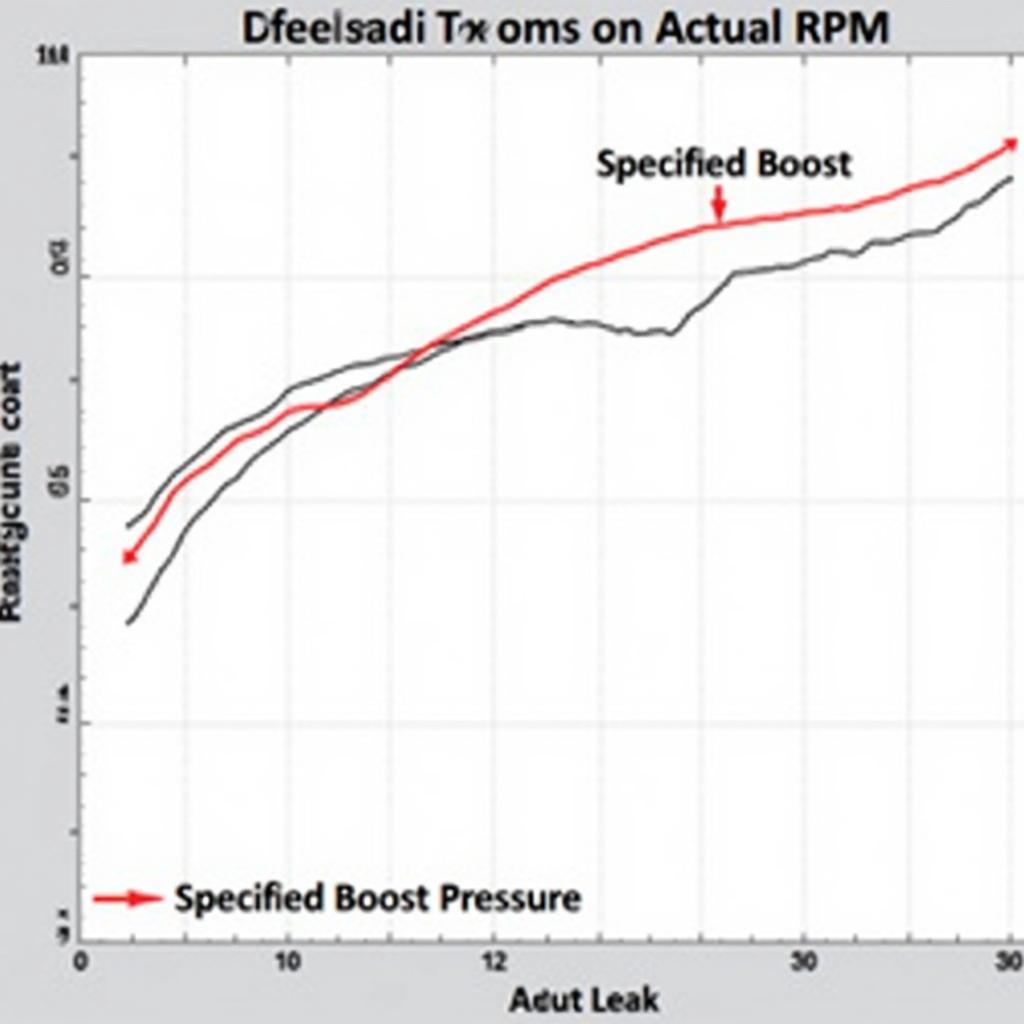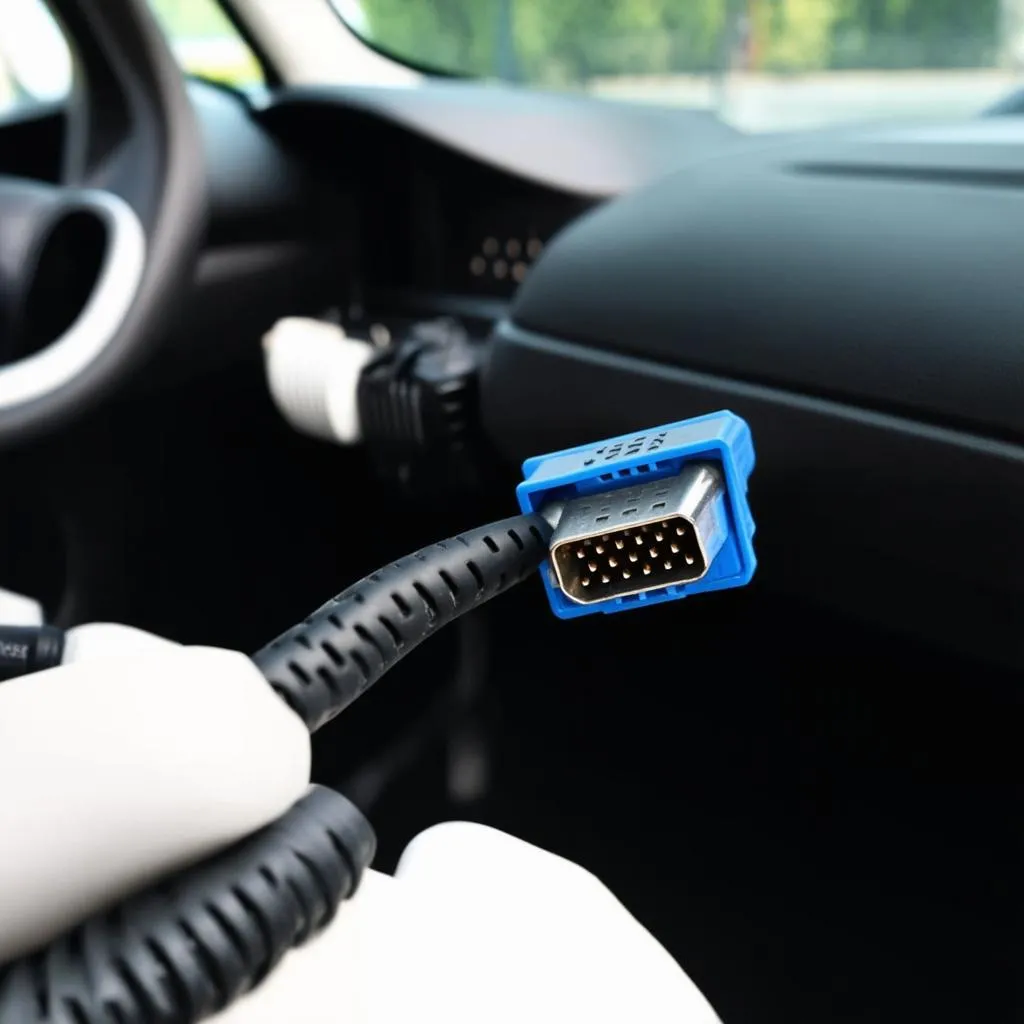The VCDS (Vag-Com Diagnostic System) measuring block list is a crucial tool for diagnosing and troubleshooting issues in Volkswagen, Audi, Seat, and Skoda vehicles. Understanding how to interpret this data can empower car owners, mechanics, and technicians to identify problems quickly and efficiently. This guide will delve into the intricacies of the VCDS measuring block list, offering practical insights and tips for effective vehicle diagnostics. Let’s explore this essential resource together and unlock its potential for accurate car repairs. For those looking for more advanced features, check out the vcds advanced measuring blocks list.
What is a VCDS Measuring Block List?
A VCDS measuring block list provides real-time data from various sensors and control units within a vehicle. This data is presented in numerical format, corresponding to specific parameters like engine speed, coolant temperature, fuel pressure, and many more. By observing these values, technicians can pinpoint malfunctions, assess component performance, and make informed repair decisions. The list itself acts as a directory, mapping these numerical values to their corresponding functions. Each group of measuring blocks represents a different system or module within the car.
Navigating through the vcds options can sometimes be overwhelming for beginners. This guide aims to simplify the process and equip you with the necessary knowledge to utilize the VCDS effectively.
How to Access and Interpret VCDS Measuring Blocks
Accessing measuring blocks within the VCDS software is straightforward. After connecting the interface to the vehicle’s diagnostic port and establishing communication, select the appropriate control module. Then, navigate to the “Measuring Blocks” section. You’ll be presented with a list of numbered blocks, each containing several data fields. The values displayed in these fields represent the current status of the corresponding parameter.
Interpreting the data requires understanding the specific measuring block layout for your particular vehicle and model. Referencing the vcds measuring blocks list pdf or the wiki vcds can be invaluable in this process. These resources often provide detailed descriptions of each measuring block and its associated values, allowing you to decode the data accurately.
Common Uses of the VCDS Measuring Block List
The VCDS measuring block list has a wide range of applications in automotive diagnostics. Some common uses include:
- Diagnosing Engine Problems: Identifying issues such as misfires, fuel delivery problems, and sensor malfunctions.
- Troubleshooting Transmission Issues: Analyzing shift points, clutch engagement, and other transmission parameters.
- Monitoring Emissions Systems: Checking the performance of catalytic converters, oxygen sensors, and other emissions-related components.
- Analyzing ABS and ESP Systems: Evaluating wheel speed sensors, brake pressure, and other components related to anti-lock braking and electronic stability programs.
- Troubleshooting Electrical Issues: Checking voltage levels, current draw, and other electrical parameters.
“Understanding the VCDS measuring block list is like having a direct conversation with your car,” says John Miller, a seasoned automotive diagnostician. “It reveals the inner workings of the vehicle and provides invaluable clues for troubleshooting even the most complex issues.”
Tips for Effective Use of the VCDS Measuring Block List
- Consult the Factory Repair Manual: This will provide specific information about the measuring block layout and expected values for your vehicle.
- Use a Known-Good Vehicle for Comparison: Comparing measuring block data from a similar vehicle that is known to be functioning correctly can help identify discrepancies.
- Log Data Over Time: Logging measuring block data while driving or performing specific tests can reveal intermittent problems that might not be apparent during a static scan.
- Stay Updated with the Latest VCDS Software: Ensures compatibility with newer vehicle models and provides access to updated measuring block lists.
VCDS Measuring Blocks for TDI Engines
For owners and technicians working with TDI (Turbocharged Direct Injection) engines, the vcds measuring blocks list tdi provides specific information tailored to these engines. This list is particularly helpful in diagnosing common TDI issues such as injector problems, turbocharger malfunctions, and DPF (Diesel Particulate Filter) regeneration issues.
“The VCDS is an indispensable tool for any serious TDI enthusiast or mechanic,” says Maria Sanchez, a TDI specialist with over 20 years of experience. “Its ability to access and interpret critical engine parameters is unmatched.”
Conclusion
The VCDS measuring block list is a powerful resource for anyone involved in automotive diagnostics. By understanding how to access and interpret this data, you can unlock the potential for accurate and efficient vehicle repairs. Whether you’re a car owner, a mechanic, or a technician, mastering the VCDS measuring block list will equip you with the knowledge and skills needed to diagnose and resolve a wide range of automotive problems. By leveraging the information provided in this guide and utilizing the available resources, you can become proficient in using the VCDS and enhance your diagnostic capabilities.
FAQ
- What is VCDS? VCDS is a diagnostic software for VAG vehicles.
- How do I access measuring blocks? Connect the VCDS interface, select the control module, then navigate to “Measuring Blocks.”
- Where can I find a VCDS measuring block list? Refer to the factory repair manual or online resources.
- What are common uses of measuring blocks? Diagnosing engine, transmission, emissions, ABS, ESP, and electrical issues.
- How can I effectively use the measuring block list? Consult the factory repair manual, use a known-good vehicle for comparison, log data over time, and stay updated with the latest VCDS software.
- Where can I find TDI-specific measuring blocks? Search online for “vcds measuring blocks list tdi.”
- Why is the VCDS measuring block list important? It provides real-time data for accurate and efficient vehicle repairs.
Need support? Contact us via Whatsapp: +1 (641) 206-8880, Email: [email protected] or visit us at 276 Reock St, City of Orange, NJ 07050, United States. Our customer support team is available 24/7.
Check out our other helpful resources available on CARDIAGTECH. You might find answers to further questions you may have.


